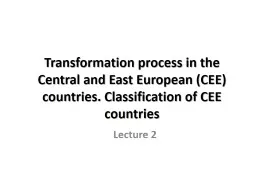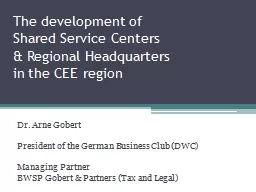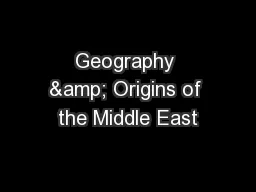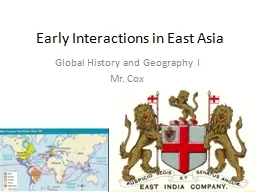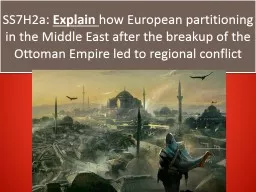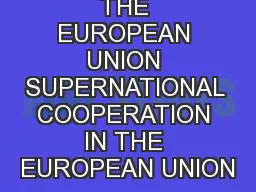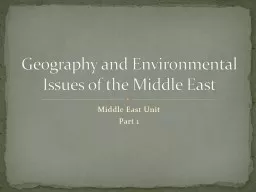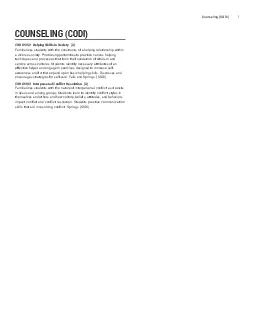PPT-Transformation process in the Central and East European (CEE) countries. Classification
Author : blastoracle | Published Date : 2020-08-27
Lecture 2 Learning objective The CEE countries before 1990 central planned economy Stages of transformation process in CEE countries Economic and social costs of
Presentation Embed Code
Download Presentation
Download Presentation The PPT/PDF document "Transformation process in the Central an..." is the property of its rightful owner. Permission is granted to download and print the materials on this website for personal, non-commercial use only, and to display it on your personal computer provided you do not modify the materials and that you retain all copyright notices contained in the materials. By downloading content from our website, you accept the terms of this agreement.
Transformation process in the Central and East European (CEE) countries. Classification: Transcript
Download Rules Of Document
"Transformation process in the Central and East European (CEE) countries. Classification"The content belongs to its owner. You may download and print it for personal use, without modification, and keep all copyright notices. By downloading, you agree to these terms.
Related Documents

